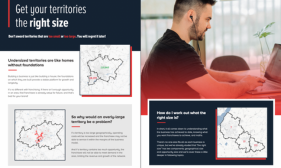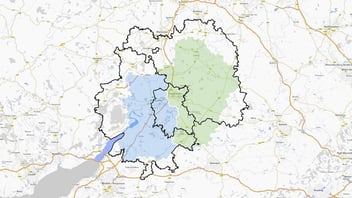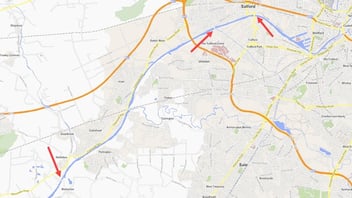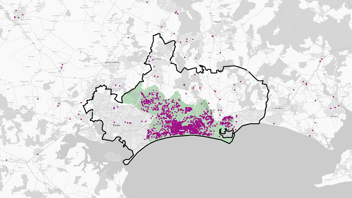January 17, 2017
It is not uncommon to approach franchise territory mapping with the mindset that every territory should contain the same opportunity; being usually defined as the population, households or businesses in the territory.
Our experience working with developed businesses has taught us that this mindset leads to problems and ultimately, in the case of franchising, means that the territories awarded to a franchisee do not look anything like the actual trade area they cover.
So what should you do?
The process of bringing in a whole market is pretty simple.
Imagine for a moment, that you are building a territory for franchisee 'A' around a town in which 70,000 people live, and that you know you need 50,000 people for that territory to be viable. In this case, you should award the whole town (and all 70,000 people) within the territory.
Why?
Firstly, it will be much more efficient for franchisee 'A' to cover the whole town, rather than franchisee 'B' travelling from a neighbouring territory to cover the extra 20,000 people.
Secondly, in practice, the remaining 20,000 people are more likely to become customers of franchisee 'A' who is their closest point of contact. This isn't very attractive for franchisee 'B' who has now essentially lost 20,000 people from their territory.
It should be quite clear by this point, that the problems being caused in the network can start to have a major impact on franchisee and network performance.
What do we advise?
At Atlas Mapping, we advise that a franchisor should make it clear to all franchisees that the opportunity within the territories across the network will not be equal. The key with good territory design is not to force the numbers, but to make the territories match the true opportunity of the area. Doing so will produce a more efficient network with more profitable franchisees and a much more attractive territory offering.






